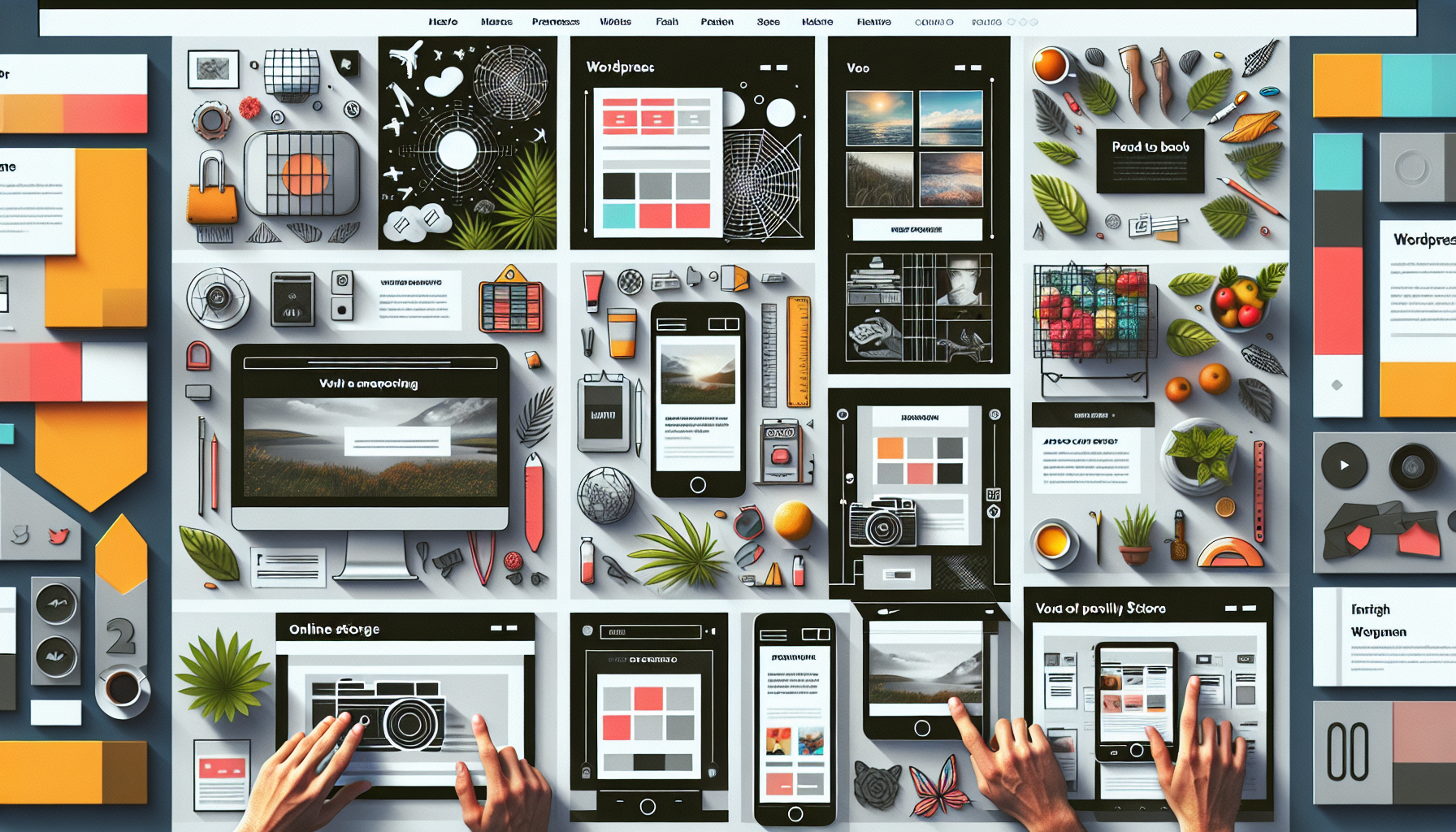
What UX Designers Can Learn from OnlyFans—And the Ethical Dilemma It Presents
When we think about outstanding user experience (UX) design, we often consider e-commerce sites, SaaS platforms, or government websites aiming for better accessibility.
Rarely do we examine the world of adult platforms—a space that not only pushes societal boundaries but also excels in user engagement.
Yet, one platform stands out: OnlyFans.
Whether you admire or criticize it, OnlyFans has transformed the way digital creators interact with their audiences. And at the heart of its success? A highly effective UX strategy.
But here’s the real question: What can UX professionals learn from OnlyFans? And if we apply these lessons, are we complicit in something ethically questionable?
Let’s dive into this complex and controversial topic.
—
Accessibility Meets Exclusivity: The UX That Hooks Users
OnlyFans has mastered something most platforms struggle with—making exclusive content feel both accessible and desirable.
Through paywalls, subscription tiers, and direct creator-fan interactions, the platform doesn’t just sell content—it sells intimacy. Users don’t just consume; they participate. They feel like they’re part of something personal and exclusive. That’s UX done right.
The interface is deliberately simple, keeping creators and their content front and center. The experience? Seamless. Subscribing is effortless. Tipping takes just one click. Everything is designed to minimize friction and maximize engagement.
Consider Netflix’s premium pricing for exclusive content. While Netflix offers binge-worthy series, it lacks personalized interaction. OnlyFans takes exclusivity a step further by integrating personal engagement, making users feel like they have a direct connection with creators. Imagine if Netflix let fans pay extra for a personal thank-you video from an actor—that’s the kind of UX hook OnlyFans has perfected.
But here’s the ethical dilemma: this isn’t just smart design—it’s psychological manipulation.
By fostering parasocial relationships, OnlyFans blurs the line between genuine connection and financial transaction. This strategy could be applied elsewhere, but should it be? Are UX designers crossing an ethical boundary by deliberately exploiting emotions for profit? Or is this just business as usual?
—
Gamification or Gambling? Let’s Be Honest
OnlyFans doesn’t just engage users—it keeps them hooked.
Features like direct messages, personalized content requests, and interactive responses create a dopamine-driven feedback loop that’s hard to resist. Users feel rewarded when their favorite creators respond, reinforcing the cycle.
This isn’t unique to OnlyFans. Mobile games like Candy Crush and Genshin Impact use the same tactics—limited-time rewards, in-app purchases, and special events—to keep players engaged.
But here’s the key difference: Games don’t make you believe they love you back.
OnlyFans creates an illusion of personal connection, making users feel emotionally invested in a way that goes beyond typical gamification. And let’s be clear—this isn’t just engagement; it’s a form of gambling. The parallels to slot machines and loot boxes are undeniable.
So, where do we draw the line? Is it ethical to design systems that exploit psychological vulnerabilities, even if users willingly participate? And before we dismiss concerns by saying, “It’s harmless,” we need to acknowledge that for many users, it’s not. The financial and emotional toll is real.
As UX designers, we’re often tasked with boosting engagement and retention. But at what cost? Are we creating experiences that genuinely benefit users, or are we just building another addictive system wrapped in a sleek interface?
—
Empowering or Exploiting Creators?
OnlyFans isn’t just for fans—it’s built for creators. Or at least, that’s how it appears.
The platform provides creators with powerful tools: pricing controls, content management, and direct audience interaction. On the surface, this looks like empowerment.
Compare this to Etsy. Both platforms allow creators to monetize their work, but the emotional labor on OnlyFans is far more demanding.
Etsy sellers compete on product quality and marketing. OnlyFans creators, on the other hand, are locked into a relentless cycle of content production and fan engagement. Miss a post, take a break, or fail to interact enough? You risk losing subscribers—and income.
It’s a digital hamster wheel, disguised as independence.
As UX designers, we strive to empower users, but at what point does empowerment turn into exploitation? How do we design platforms that support creators without burning them out?
These are




